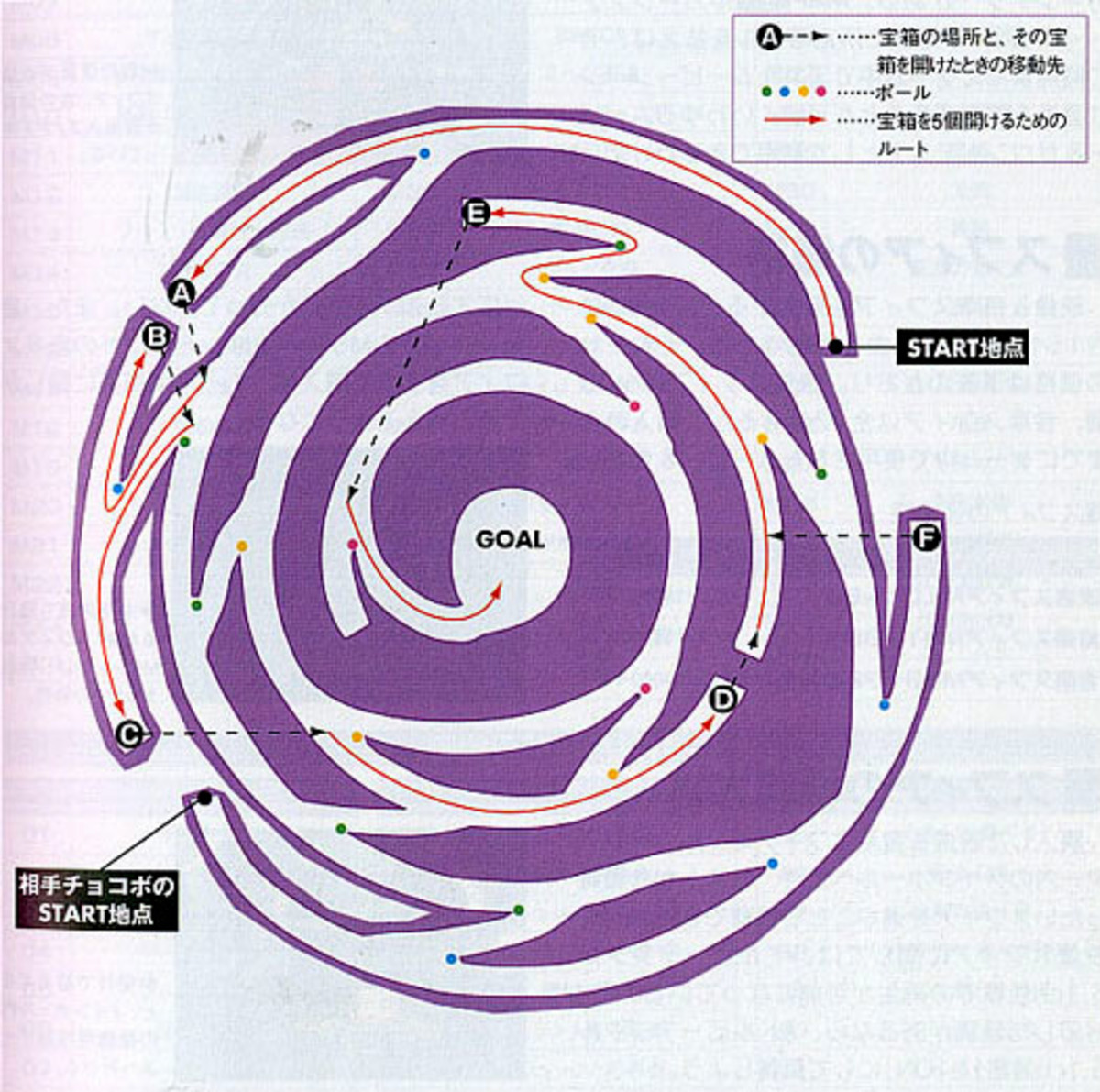

For Zanarkand, the Uzbek city of Samarkand has been cited as an inspiration. Yusuke Naora, the art director, noted that during the concept stage many people on the project were interested in Asian themes including Nojima and Kitase. Nomura identified the South Pacific, Thailand, and Japan as major influences on the cultural and geographic design of Spira, particularly in regard to the geographic locations of Besaid and Kilika. To Kitase, the word "fantasy" did not indicate a purely medieval European setting, so he intentionally set out with the objective of redefining the stereotype held in players' minds. In speaking about the inspiration behind Spira, producer Yoshinori Kitase recounted that players had found fault with the science fiction atmosphere of Final Fantasy VII and Final Fantasy VIII, instead desiring a "simple fantasy world". Another aspect was that the presentation of Spira without an overworld view can be considered a pioneer in 3D role-playing game maps. O'Hagan writes on the localization of the games that impact the game experience, detailing alterations to the script and dialogue with modifications, additions and omissions. Washburn writes that mastering the game comes with the mastering of the cultural knowledge of Spira to unlock skills and abilities. There have been numerous academic essays on the game's presentation, narrative and localization aspects. Spira and its inhabiting characters have been featured in several other Square Enix works including Dissidia Final Fantasy, Dissidia 012 Final Fantasy, three games within the Kingdom Hearts series and Theatrhythm Final Fantasy. The popularity of the Eternal Calm video served as the impetus of Square Enix to do Final Fantasy X-2 to make their first direct sequel in video game form and depict the evolution of Spiran society after religious and political upheaval results in new factions and instability in the world. The backstory and concept behind the dark religious themes of Final Fantasy X were a central theme to the story and their ultimate resolution was well received. The creation of Spira includes distinct ethnic minorities including a portrayal of the fictional Al Bhed language that is prevalent throughout the game's dialogue.


The world of Spira itself is very different from the mainly European-style worlds found in previous Final Fantasy games, being much more closely modeled on a setting influenced by the South Pacific, Thailand and Japan, most notably with respect to its vegetation, topography and architecture. Spira is the first Final Fantasy world to feature consistent, all-encompassing spiritual and mythological influences within the planet's civilizations and their inhabitants' daily lives. Spira is the fictional world of the Square role-playing video games Final Fantasy X and Final Fantasy X-2.


 0 kommentar(er)
0 kommentar(er)
